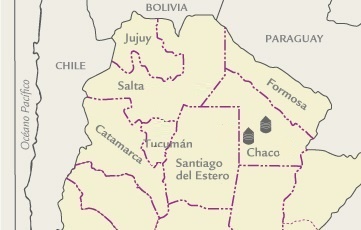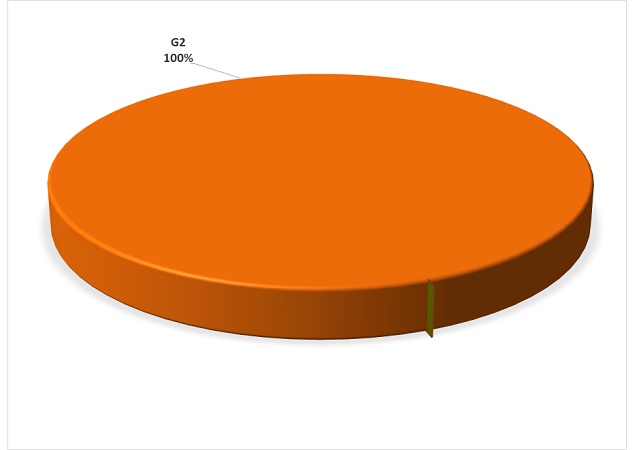 SUBREGION NEA
SUBREGION NEA
Rainfall was 420 mm along the three months before crop implantation, allowing optimum soil moisture levels. The growing season started end of May and continued until mid-June. Planting was with good soil moisture and extended until mid-July, when short-cycles were implanted.
Growth and tillering were under proper humidity. A strong frost towards the end of July affected the crop; some plants were lost but most could recover. Lack of rains in August became a limiting factor; water reserves were crucial. Grain filling in long-cycle varieties started under water stress. Rains came late in September, favoring short cycle wheat cultivars.
Towards the end of the cycle, day temperatures variations were extreme, between 17 and 43ºC, affecting grain filling and quality. The little humidity and the high temperatures during the reproductive period prevented diseases.
Harvest started in mid-October, a little late due to rains and drizzles; it continued until mid November.
Yields varied from 800 kg/h to close to 3,000 kg/h. General average was 1,800 kg/h.
| MAP OF THE SUBREGION |

|
SUBREGION DATA In this sub region the wheat production was 750.445 tons., the 4,1% of the national total. Were sampled 9.000 tons., the 1,2 % of the sub region production.
| |||||||||||||||||||||||||||||||||||||||||||||||||||||||||||||||||||||||||||||||||||||||||||||||||||||||||||||||||||||||||||||||||||||||||||||||||||||||||||||||||||||||||||||||||||||||||||||||||||||||||||||||||||||||||||||||||||||||||||||||||||||||||||||||||||||||||||||||||||||||||||||||||||||||||||||||||||||||||||||||||||||








